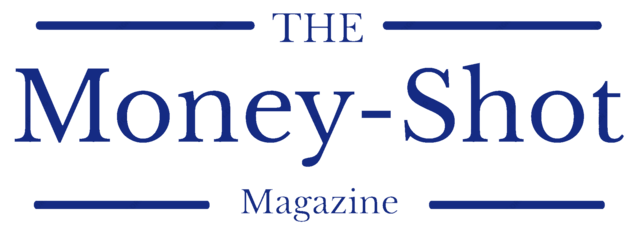There are many ways to segment your customer base and achieve your business goals. But first, what is customer segmentation? Customer segmentation is known as the practice of segmenting a customer base into groups of people who are similar in particular aspects significant to marketing, such as age, gender, interests, and purchasing patterns. The first step in segmenting your customer base is understanding your addressable market. This may involve using buyer personas or cluster analysis. Afterward, you can use a value-based segmentation technique. A customer segmentation strategy will be most effective if it is aligned with your objectives.
Cluster Analysis
Cluster analysis is a method that identifies the relationships between data points. Like customer segmentation, it looks at various factors to uncover nuances in customer behavior. By identifying groups of like-minded individuals, it can reveal profound insights. Here are some ways you can use this method.
First, determine how many clusters you need. A good cluster analysis will have a small intracluster distance, which indicates that the data is highly homogeneous. Alternatively, a large intercluster distance indicates that the data is unique. Once you have determined the number of clusters, you can determine the optimal number for each.
Cluster analysis combines machine learning with customer data to identify group similarities and differences. This approach helps organizations better understand their customers and improve their overall experience. The results of this technique can help organizations make smarter business decisions and create more valuable customers.
Buyer Personas
Customer segmentation is the process of identifying different groups of customers based on certain attributes. The process can be as simple or as complicated as your business needs and can be used for some reasons, from targeting specific geographic regions to identifying disengaged customers.
Customer segmentation is an excellent way to improve your business’s efficiency and better align your existing strategies to specific customer groups. After all, each customer is different, and a one-size-fits-all approach will not work for every customer. Segmenting your customer base allows you to tailor your marketing efforts to meet individual needs and interests and helps you allocate your marketing budget more effectively.
Customer segmentation can be a great way to identify profitable customers and build customer loyalty. In addition, it can help you create the right products and services, set the proper distribution, and match the right sales motion. Although customer segmentation is an effective way to identify and meet specific needs, it is not a foolproof process. Customer segmentation requires careful consideration of different factors and requires constant refinement.
Value-Based Segmentation
Value-based segmentation for growth is a strategy that helps businesses allocate their resources more efficiently. By understanding what a customer is willing to pay for a product, companies can price their offerings according to the value they bring. This helps avoid overcharging and churns. Using value-based segmentation, businesses can focus on the most profitable customers. Value-based segmentation also helps identify the high-value companies in a market. These high-value companies often share firmographic characteristics.
Value-based segmentation for growth is an important part of an organization’s marketing strategy. It can help navigate the maze of channels and platforms. It also provides a framework for understanding customer engagement. By using value-based segmentation in tandem with a balanced portfolio strategy, organizations can optimize their total lifetime spending for their customer base.
Using value-based segmentation allows CMOs to target their portfolios better and maximize their ROI from new initiatives. By identifying price-insensitive segments, companies can increase their profitability and reduce costs. This is a process that requires primary research.
Interviewing Team Members
Customer segmentation can be done in various ways, but the key is to create a strategy that works for your specific customer base. You can do this by conducting interviews with existing customers, industry experts, sales teams, and others. These interviews aim to understand what drives certain types of behavior and how you can better reach them. After identifying your top value drivers, you can create primary and secondary segments based on those behaviors. The next step is to assign customers to segments and measure the effectiveness of these segments.
In addition to conducting interviews, you can also collect qualitative feedback. You can collect notes, audio recordings, and other information from the interviewees. This information can be helpful for your business in many ways. However, remember that most of the feedback you collect will be qualitative, and you’ll need to analyze it according to your goals.





